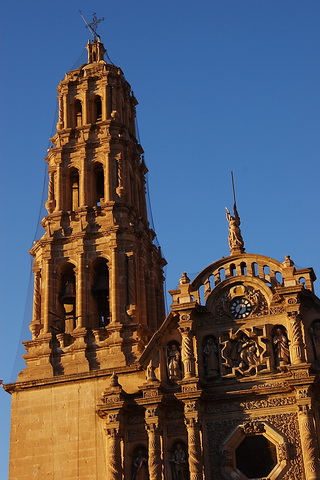
It is one of the better examples of colonial construction in northern Mexico and dates from 1725. The cathedral is also the see of the Roman Catholic Archdiocese of Chihuahua.
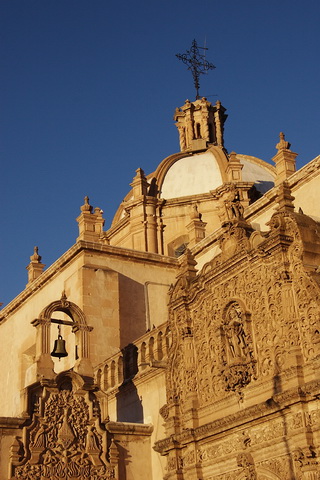
The Sacred Art Museum is located in the crypt. It displays a collection of pieces from the Colonial era. This collection is primarily the very large oleos sent to the most important cathedrals.
Also, here is a chair built by a local artisan which was used by Pope John Paul II when he visited Chihuahua in 1990.
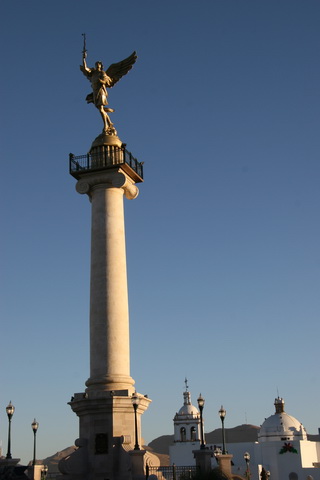
The Angel of Liberty was built in 2003 representing the freedom of all Mexicans, especially Chihuahua's people. It was inaugurated during the Independence Day festivities on September 15 of that same year. The angel has a sword with a laser light at the tip, and is capable of rotating 360 over its axis.
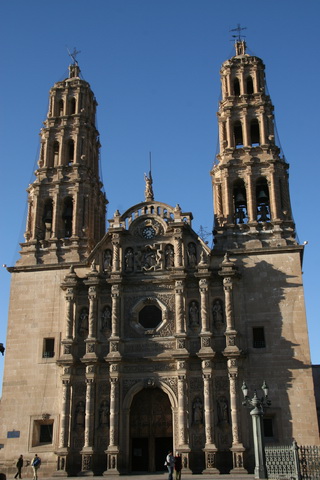
Its renowned Cathedral whose construction lasted almost 100 years was built on the wealth from the Santa Eulalia mines.
The facade is interesting in that it involves the use of solomonic columns which were not widely used in New Spain at the time. It has an octagonal window that was shipped from Germany and is considered a fine specimen of the glass-makers art. In addition, the front contains a collection of monuments celebrating the twelve apostles, with a clock above, crowned with the sculpture of an angel that was added late in the 19th century.
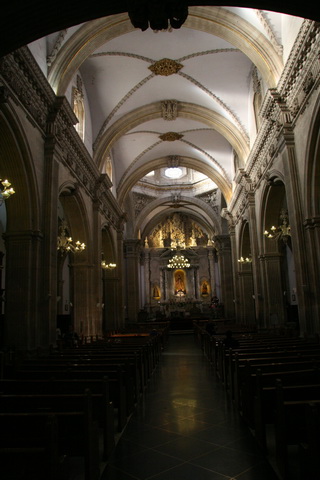

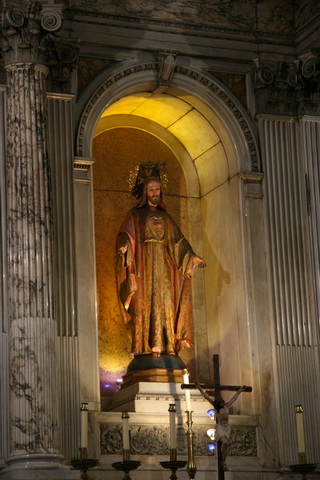
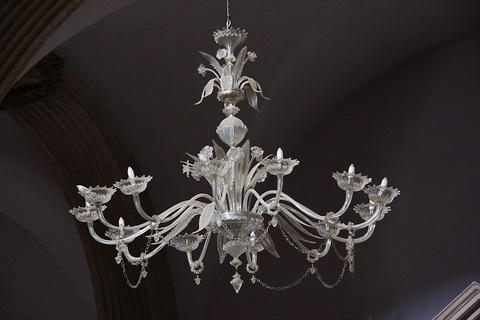
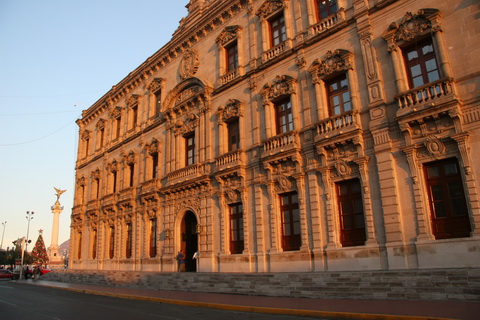
Originally, a Jesuit College stood on the site, which also occupied the area to the north where the former Federal Palace of Chihuahua now stands. However, the building was razed in 1878, and the new Government Palace was begun in 1882.
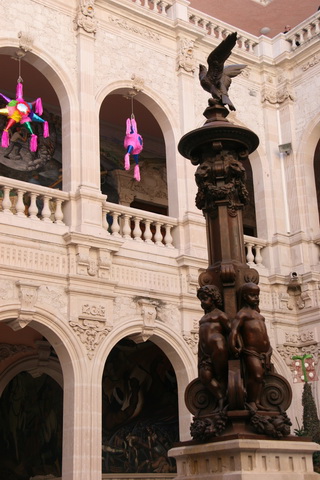
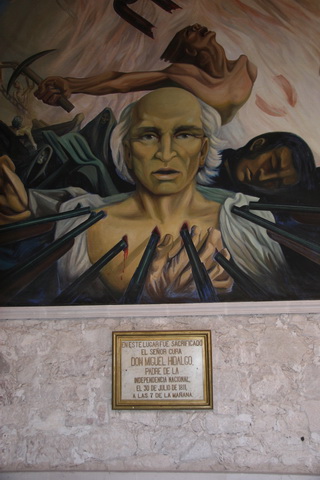
He was executed on June 11th 1811, at this spot in the central patio of the Government Palace, where there is a permanently lit flame of liberty.
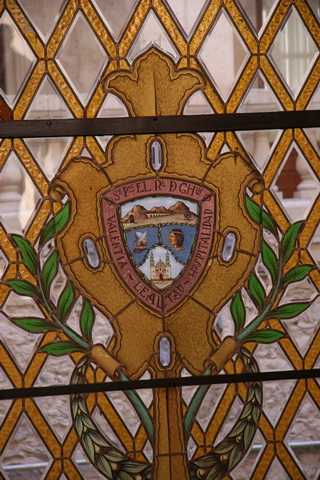
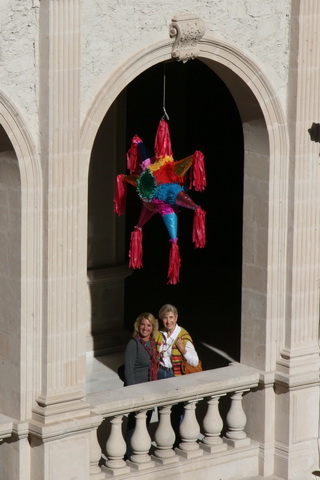

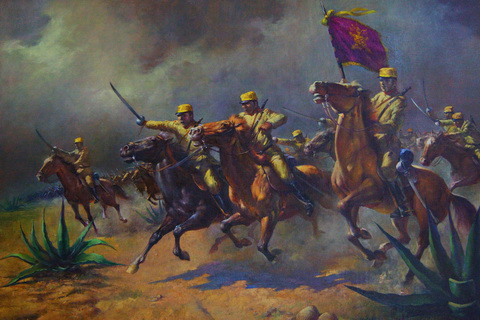
Pancho Villa helped defeat the federal army of D�az in favor of Madero in 1911, most famously in the first Battle of Ciudad Ju�rez, which was viewed by Americans sitting on the top of railroad boxcars in El Paso, Texas.

He was assassinated three years later (1923) in Parral, Chihuahua, in his car. The assassins were never arrested, although a Durango politician, Jes�s Salas Barraza, publicly claimed credit. While there is some circumstantial evidence that Obreg�n or Plutarco El�as Calles were behind the killing, Villa made many enemies over his lifetime, who would have had motives to murder him

In October 1880 while moving along the Rio Grande in northern Mexico, Victorio and his band were surrounded and killed by soldiers of the Mexican army at Tres Castillos, in the municipality of Coyame, Mexican state of Chihuahua.
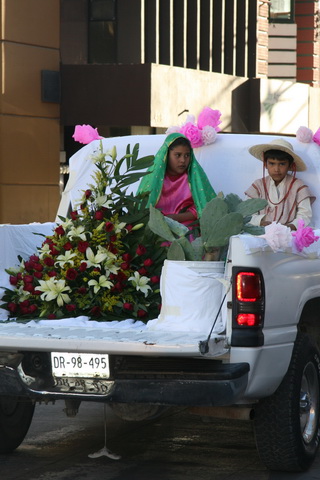
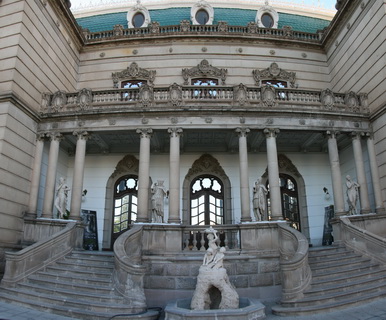
Interesting objects from the local Culture are on exhibition in its rooms, some that were found in the archaeological zone of Casas Grandes; along with paintings and sculptures made by local artists and a collection of art nouveau objects that adorn every corner of the house built between 1907 and 1910.
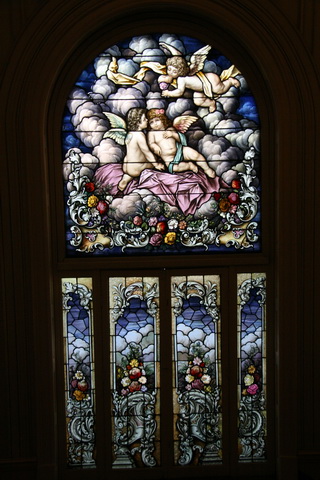
Beyond its artistic treasures, the seat of the museum, which belonged to Manuel Gameros, a wealthy miner of the region who could not occupy it as he had to flee the country at the beginning of the Mexican Revolution, is an architectonic beauty in itself. Later the building would have multiple uses, until 1968, when it became property of the University of Chihuahua.
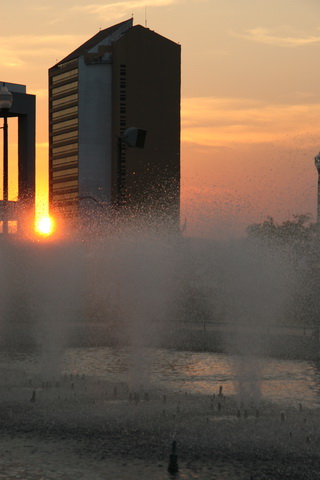
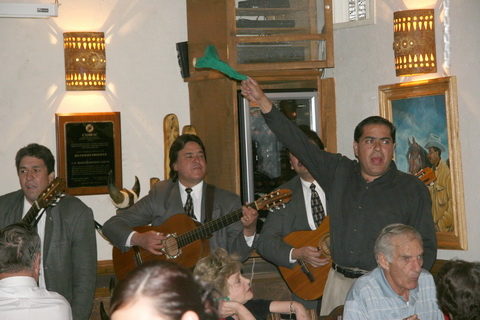
Tony leading us in a vocal rendition of Viva Chihuahua!!
We chorused Viva Chihuahua each night with the various entertainers.